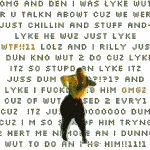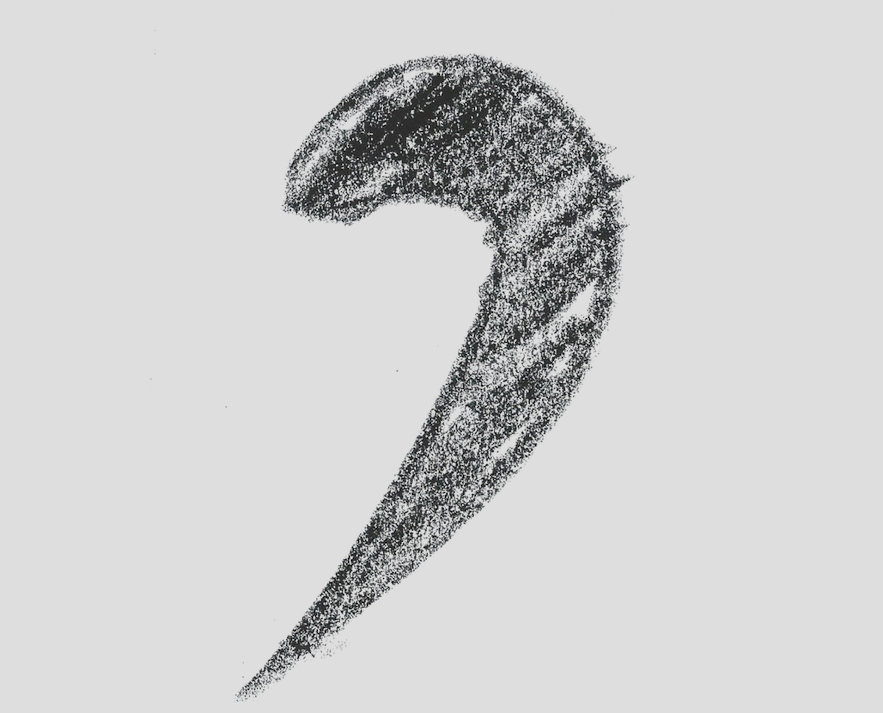The comma is one of the most misunderstood punctuation marks. Many grew up with the notion that whenever you pause while reading a sentence, that is where you place a comma. And, whenever you are unsure, stick one in there, too. Better to be safe than sorry.
Unfortunately, this is wrong – very, very wrong.
Nobody wants to hear a class lecture where I go through all the rules of the comma. Using grammatical verbiage and detailing all the mechanics of sentence structure is not the most exciting read. Instead, I’ve narrowed it down to eight common errors that should help anyone stuck between a comma and a hard place.
Top 8 Comma Errors
1. In a series of three or more
We all learned that when writing a list of items in a sentence, you add commas after each item. However, the last comma in a series is known as the Oxford (or serial) comma and it is omitted per AP Style.
Example: We ordered pizza, wings, soda and plenty of beer.
2. Separating adjectives
If you can put the word “and” in between the adjectives, there needs to be a comma. (Bonus: If you use the word and, then the comma is not needed.)
Example: We provide consistent, uncompromising service.
3. Independent clauses
Sometimes called compound sentences, independent clauses each could make sense on its own. To combine the sentences, use a comma followed by a coordinating conjunction (one of the FANBOYS – for, and, nor, but, or, yet, so).
Example: I went to lunch at noon, and Miles took his break when I returned.
4. Starting with an introductory clause
When you have a subject/verb, but not a complete thought.
Example: During the meeting, I could hear someone’s phone ringing.
5. Dates
Use commas after the day and year; if you’re only using the month and year, a comma is not required.
Example: The picture was in Mart’s August 8, 2019, report.
Example: They emailed the August 2020 newsletter.
6. With a nonrestrictive phrase
A nonrestrictive phrase adds extra information that is not essential about the noun phrase you are writing. (The sentence I just wrote is a restrictive phrase; notice the usage of that instead of which).
Example: The car, which is red, needs a tuneup.
Note: Removing the nonrestrictive clause “which is red” does not hinder the meaning of your sentence (The car needs a tuneup).
7. Titles
When you are putting someone’s title before their name, you do not need a comma. However, when the title is after their name, you need to insert a comma because it is now an appositive.
Example: Director of Operations Ken Ditto introduced Murry Sanchez, our regional director, who will be your direct contact.
8. Introductory words
Use a comma when your sentence begins with words such as well, now or yes.
Example: Yes, I will have that report for you first thing tomorrow
Need more help?
As mentioned earlier, there are many more rules for the use of commas. If you just can’t get enough grammar, then we suggest exploring websites such as apstylebook.com, grammarly.com or www.quickanddirtytips.com/grammar-girl – and you can always contact your illustrious editing team.
We are, after all, grammar geeks.

Don’t be sad. We’ll be back on the first Monday next month with a new blog post. If you can’t wait that long—whether because you have a topic you’d love us to cover, a question or you simply want to throw your two cents into the pot—we love talkin’ shop, so drop us a line.






